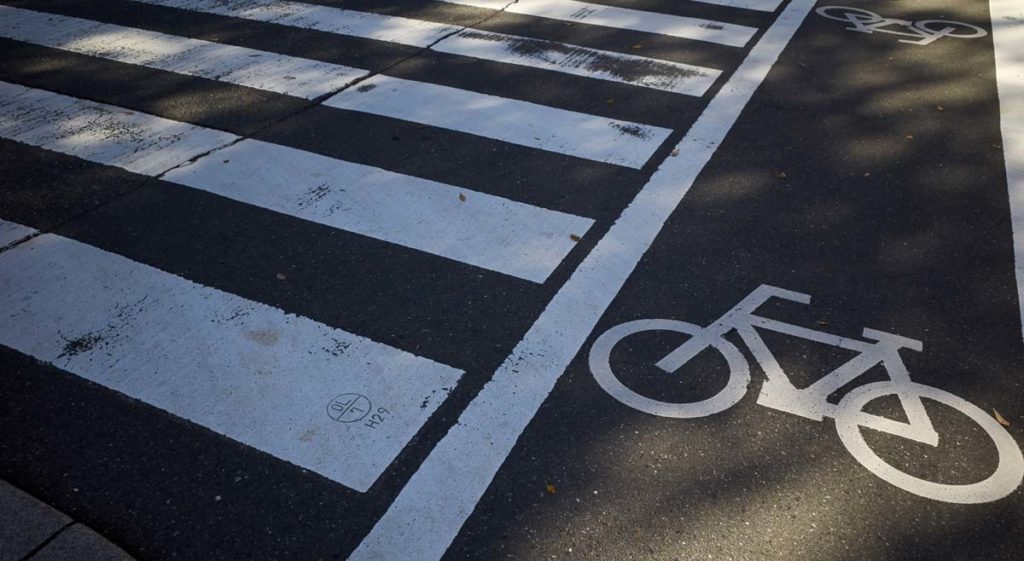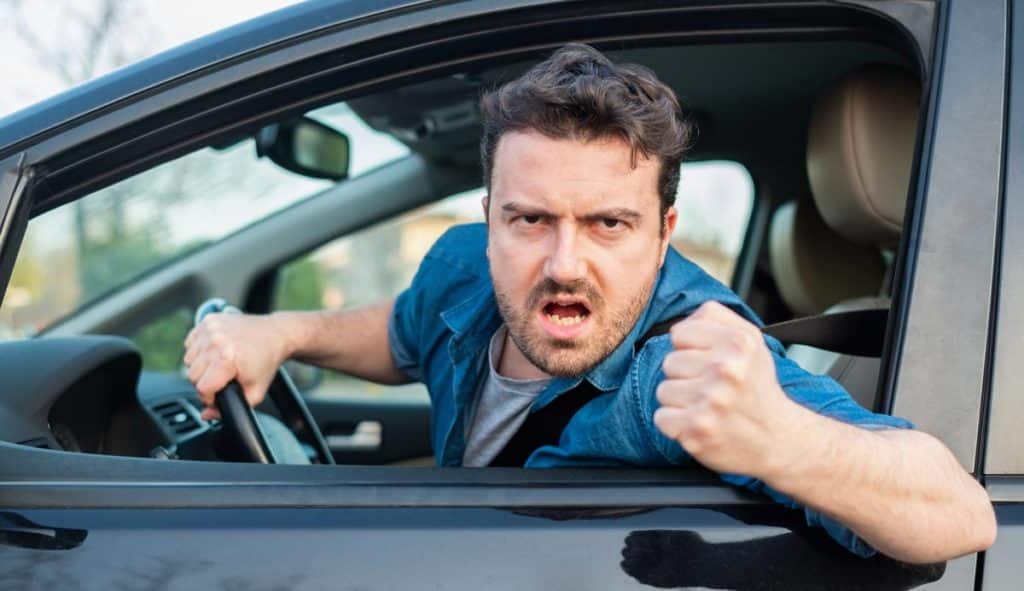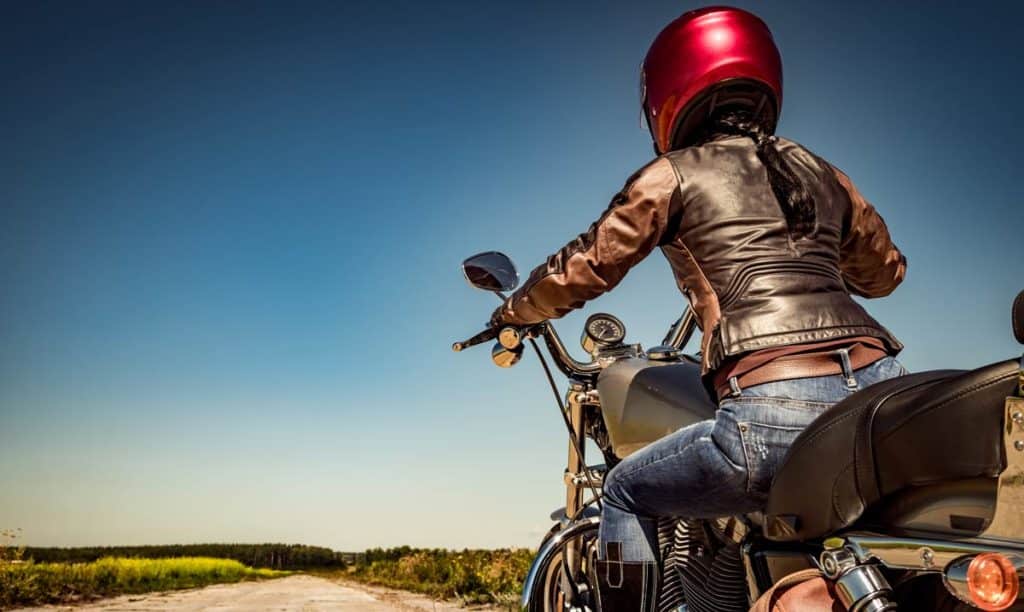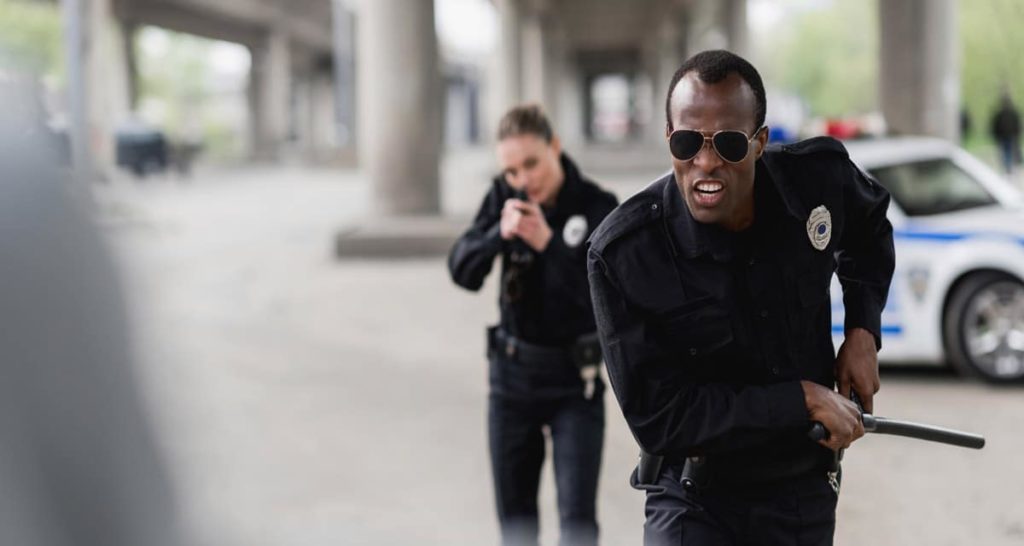One of the first road safety tips any child learns is to cross the street at a crosswalk. It’s as fundamental as looking both ways. When biking, unfortunately, this safety tip isn’t always enough to keep children safe; recently, the Bascon family of Costa Mesa learned this in a tragic fashion.
Noel Bascon, a 12-year-old boy, was biking with his father on Sunday, December 6th. They were crossing the road at a crosswalk when a rented moving truck disregarded a stop sign. The truck barreled through the intersection and crosswalk, hitting Noel at speed. Witnesses report the child was thrown several feet off his bike. Although bystanders and first responders administered CPR until the child could be taken to a hospital, Noel was pronounced dead upon arrival.
The driver of the truck, Richard Lavalle of Long Beach, remained at the scene. He was arrested on several charges, included suspicion of murder and driving under the influence. He was also accused of violating parole. Meanwhile, the passenger in the truck was arrested on counts of possessing controlled substances and unlawful paraphernalia. The case remains under investigation. It may be complicated by the fact that riding bikes on the sidewalk is illegal in Costa Mesa.
This tragic accident is just one example of the dangers cyclists face in California. Locations like crosswalks that many presume to be legal and safe can carry significant risks. Biking safely anywhere in California requires an understanding of where bikes should and shouldn’t be ridden.
How to Identify Safe and Legal Riding Zones
One of the biggest dangers to California cyclists is traffic. While the state is getting better at providing safe and simple ways to get around by bike, not every city or neighborhood will have the same amenities. That’s why it’s so important to learn about your local laws and conditions. Here’s a breakdown of where it is and is not safe or legal to ride your bike in the Bay Area.
Safe: Identified Bike Lanes and Trails
If you’re not sure where it’s safe to ride a bike, dedicated bike lanes and trails are always a good choice. These lanes on the side of the road or through parks and urban areas are intended explicitly for cyclists to use safely. As long as the trail or lane is unobstructed and you take appropriate precautions, you can feel comfortable cycling there regularly.
Risky: Some Sidewalks
Sidewalks and crosswalks are complicated locations for cyclists. California law dictates that cities and municipalities are allowed to make their own decision regarding the legality of cycling on sidewalks, so your location can change things dramatically.
In San Francisco, for example, it’s illegal to bike on a sidewalk or crosswalk unless the cyclist is under the age of 13. Meanwhile, in Pleasanton, it’s legal for everyone to ride bikes on the sidewalk everywhere.
Legality isn’t the only factor, of course. Sidewalks are frequently crowded with people or full of obstructions. In many cases, it’s safest to walk your bike on the sidewalk or through crosswalks, even if riding it would be legal.
Risky: Some Roads
In places where it’s illegal to bike on the sidewalk, municipalities become more permissive toward biking on the road. Cycling in the street is legal almost everywhere in California, with a few caveats for safety.
First, anyone riding a bicycle needs to be riding in the same direction as motor vehicle traffic. When riding on the road, cyclists are considered vehicles as well; following traffic laws like the direction of traffic is just as necessary for cyclists as it is for other drivers. Riding against traffic puts you at higher risk of collisions, as well.
Similarly, if you’re riding on the road, you should attempt to match the speed of traffic as you would if you were driving. If you cannot meet the traffic speed, you should instead ride as close to the right side of the road as you can. Doing this helps encourage other traffic to pass you instead of slowing others down, keeping you from risking an accident.
Where to Avoid Cycling for Safety
Of course, there are some places where it is never legal to ride your bike. Others you should avoid biking through for your own safety. These locations include places like:
Freeways: It’s never legal to ride a bicycle on a freeway. California highways are simply too crowded and too fast for an unpowered bike to enter safely. Not even mopeds are generally permitted on freeways; motorcycles are allowed but may not be safe for the rider.
Toll bridges: As with freeways, it’s illegal to ride a bicycle on a toll bridge in California unless there is a dedicated bike lane. These bridges are intended to move motor vehicle traffic quickly from place to place, and most bicycles cannot match speed effectively.
One-way roads: Cyclists may legally ride on one-way streets, but it’s not always the safe choice. These roads tend to be narrow, making it difficult for cars to pass a cyclist safely. If you cannot match traffic speed on a one-way street, you may want to choose a different route.
Construction zones: When road construction is happening, roads are generally narrowed, and bike lanes are filled with equipment. That makes these zones much less safe for cyclists.
Conclusion
In a perfect world, it would be perfectly safe for cyclists to ride on any road at any time of day. Unfortunately, that’s not the case. Even places like crosswalks that are intended to protect pedestrians are not always safe for cyclists, as the Bascon family found.
If you or a loved one have been hurt in a car accident while biking, you understand this too well. Don’t hesitate to reach out to our experienced bike accident lawyers today if you need help with your medical or insurance claims. They can help you understand your options and build your case. If the roads weren’t safe enough to protect you, at the very least, you deserve help with your injuries afterward.





